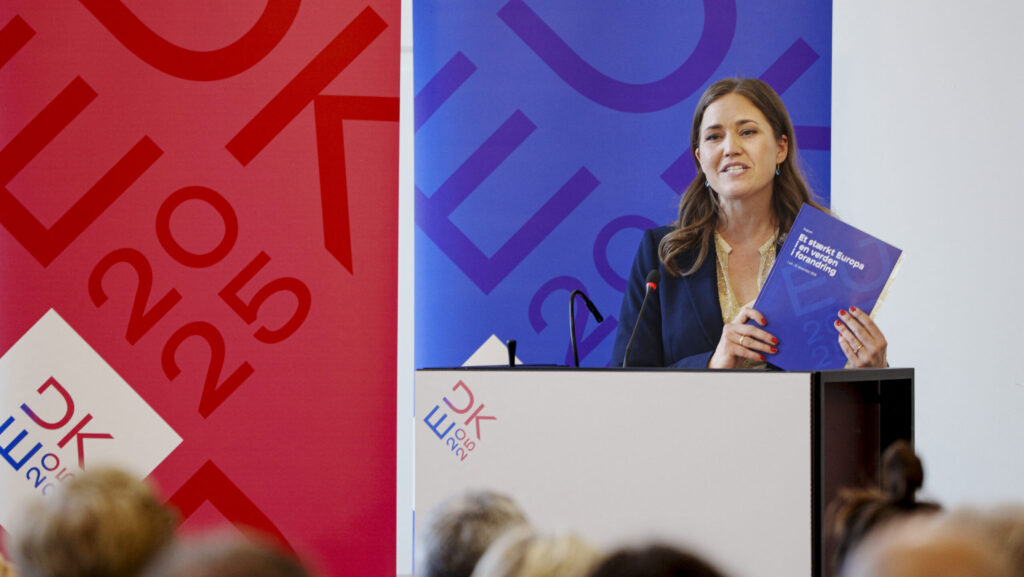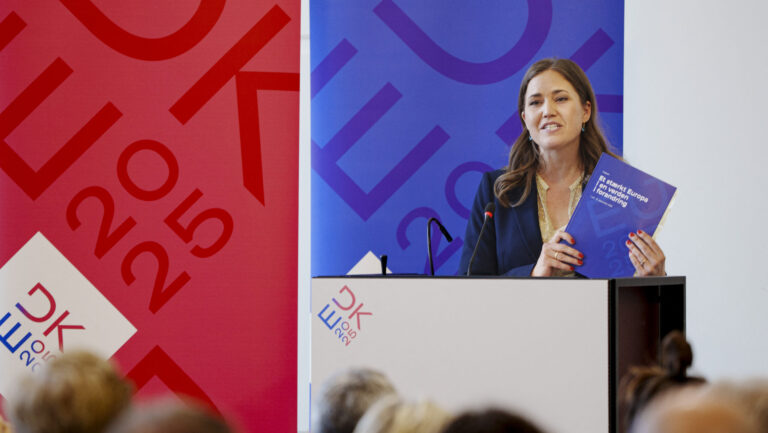The Regulation of Abortions in Hungary
While the Hungarian Fundamental Law states that the life of the foetus is entitled to protection from conception, the country has a quite liberal abortion law. In Hungary pregnancies can be terminated due to four reasons: 1. the pregnancy is a consequence of a crime (i.e., rape), 2. pregnancy is dangerous for the health of the pregnant woman, 3. the foetus is likely to suffer from a serious disability or impairment, 4. the pregnant woman is in a serious crisis. The final point is the critical bit, as a “serious crisis” can be anything from the woman’s possible financial deprivation due to the burden of raising a child; through social exclusion due to the unwanted pregnancy; to mental harm. The claim of “serious crisis” need not be proven or supported by evidence; as a rule pregnancies can be terminated in the first 12 weeks, while later abortion can happen only in exceptional cases (for instance, in most teenage pregnancies abortion is allowed up until the first 18 weeks). In most cases women are required to pay around 40 000 HUF (or $100) for an abortion, however in some cases they might obtain a fee-waiver.
The woman in question needs to attend a series of counselling sessions prior to the abortion. The first session is dedicated to guide women through alternatives to abortion – what financial benefits are available for mothers and children, how can she offer the child for adoption, or place the child in an incubator in a hospital. This initial session also covers the possible dangers and implications of an abortion, as well as its possible effects on a later pregnancy. If the woman maintains that she would like to have an abortion even after having been presented with the alternatives, she can now agree on a date for a second counselling session (the earliest date of the second session is three days after the first session to allow the women to think). The second (and last) counselling session is dedicated to explaining how abortions go and where they are available. This session also covers how to use and access contraceptives in the future to avoid further unwanted pregnancies. After the counselling the woman needs to show up for one more medical examination, to double check which week she is in, if the pregnancy is within the first 12 weeks, the woman can agree on a date for the abortion. This can happen 8 days after the second counselling session to allow time for further consideration.
The woman in question needs to attend a series of counselling sessions prior to the abortion
The counselling sessions which aim to inform women about their choices, raise awareness around the undeniable risks associated with abortion procedures, as well as the alternative options. This is unquestionably to the credit of Hungarian abortion regulation. In a study completed in 2014, 40,756 women attended the first counselling session, whilst 37,862 attended the second one, and only 36,118 women actually terminated their pregnancies at the end of the process[1]. While there is always a chance that some of these women went abroad to get their abortion, the 10 per cent decrease in the number of women who signed up for an abortion but, perhaps due to the sessions in question, eventually decided not to get one is good news for pro-life campaigners.
How Abortions Decreased in Hungary Over the Decades
While this relatively liberal abortion legislation has been in place since 1992, the number of abortions has significantly decreased in Hungary since the regime change. Since 2010, the decrease in abortions is matched with a decrease in the abortion-to-live-birth ratio; that being fewer abortions per one hundred live births which did not characterise the decline of abortions to this extent before. Indeed, there is a short summary of the frequency of abortions in Hungary during the state-socialist period and onwards in a previous article.
Between 1959 and 1973 the Hungarian state-socialist regime imposed no restrictions on abortions
During the 1950s – between 1950-1956 in the so-called Ratkó-era – there was a total ban on abortions with severe punishments for illegal abortions. However, between 1959 and 1973 the Hungarian state-socialist regime imposed no restrictions on abortions. As a result, in this fifteen year period, every single year the number of terminated pregnancies exceeded the number of live births. At its peak in 1964, there were 140 abortions to 100 live births. In the 1960s, around 200,000 abortions took place each year but in 1974, even the state-socialist regime eventually had to impose some restrictions again on abortion. The legislation of 1974 created “abortion councils” where a doctor, a healthcare professional and three citizens (not involved in medicine) jointly decided whether a woman is allowed to have an abortion. The cost of some abortions was also significantly increased – to 20-30 per cent of the average monthly wage. While to an extent the legislation of 1974 did manage to bring down abortions, in the 1980s still a sky-high number of pregnancies (80,882) were terminated. In this year 31.4 abortions occurred per one thousand women between the ages of 15 – 49. In other words, 54.4 abortions per a hundred live births. By the 1990s the number of abortions further increased to 90,394 (which is 71.9 abortions per a hundred live births).
The regime change bought about a significant reduction in abortions. By 2003, abortions declined to 56,404 (from 90 394 in 1990), or 22.2 abortions per one thousand women between the ages of 15-49 and 58.1 pregnancy terminations per a hundred live births. By 2010 the number of abortions had further decreased to 40,449 a year. However, this was still 44.8 abortions per a hundred live births as birth rate has plummeted in Hungary. The trend of decreasing abortions continued in the last ten years. In 2021 there were ‘only’ 22,000 abortions (1/4 of the abortions of the 1980s). What is even more remarkable on the other hand is that the ratio of abortion to live births decreased too – now there are ‘only’ 23.7 abortions per a hundred live births – which is the lowest number since records began according to the Central Statistical Office’s website. One can only speculate that the favourable decrease in the ratio of abortion-to-live-birth is due to the government’s pro-family policies that aim to encourage and enable marriages and having children.
[1] Grebelyné Kiss Evelin, ‘Az abortusz törvényi szabályozása és megítélése napjainkban’, Polgári Szemle, Vol. 14., No., 1–3 (2018), 413.








